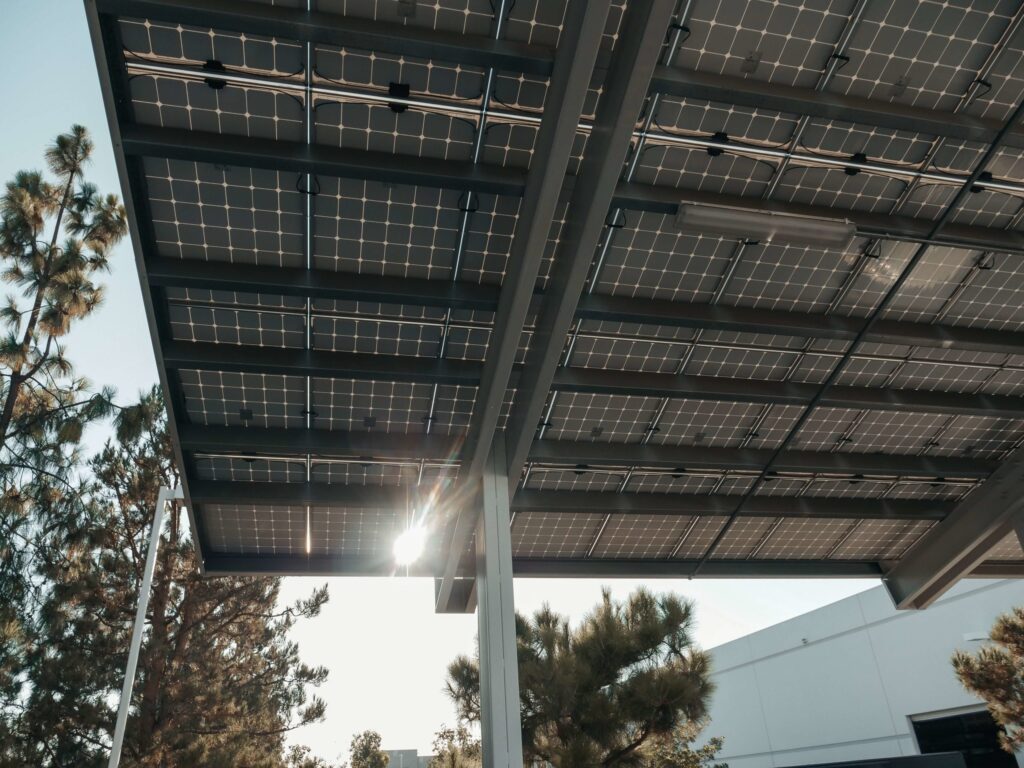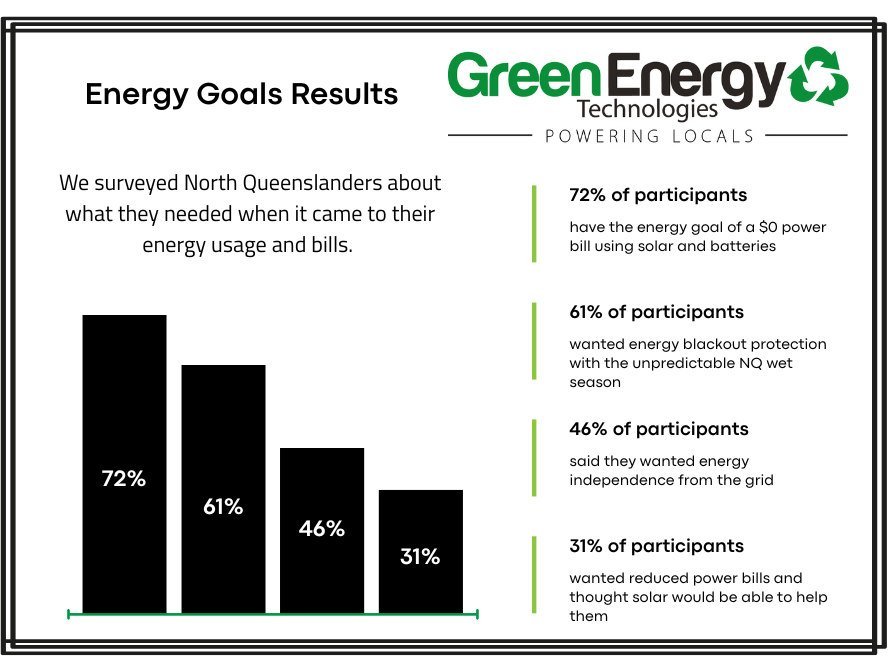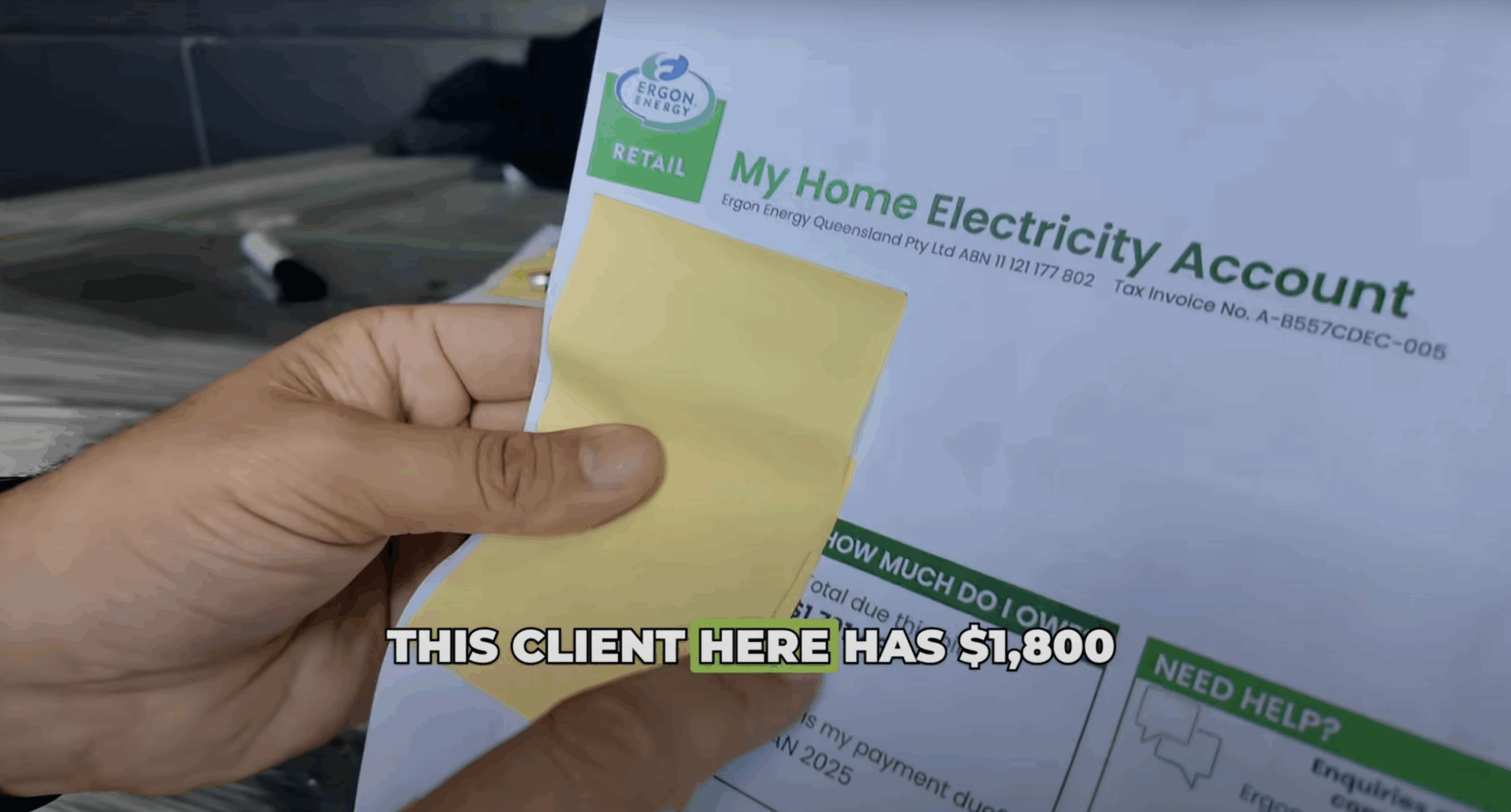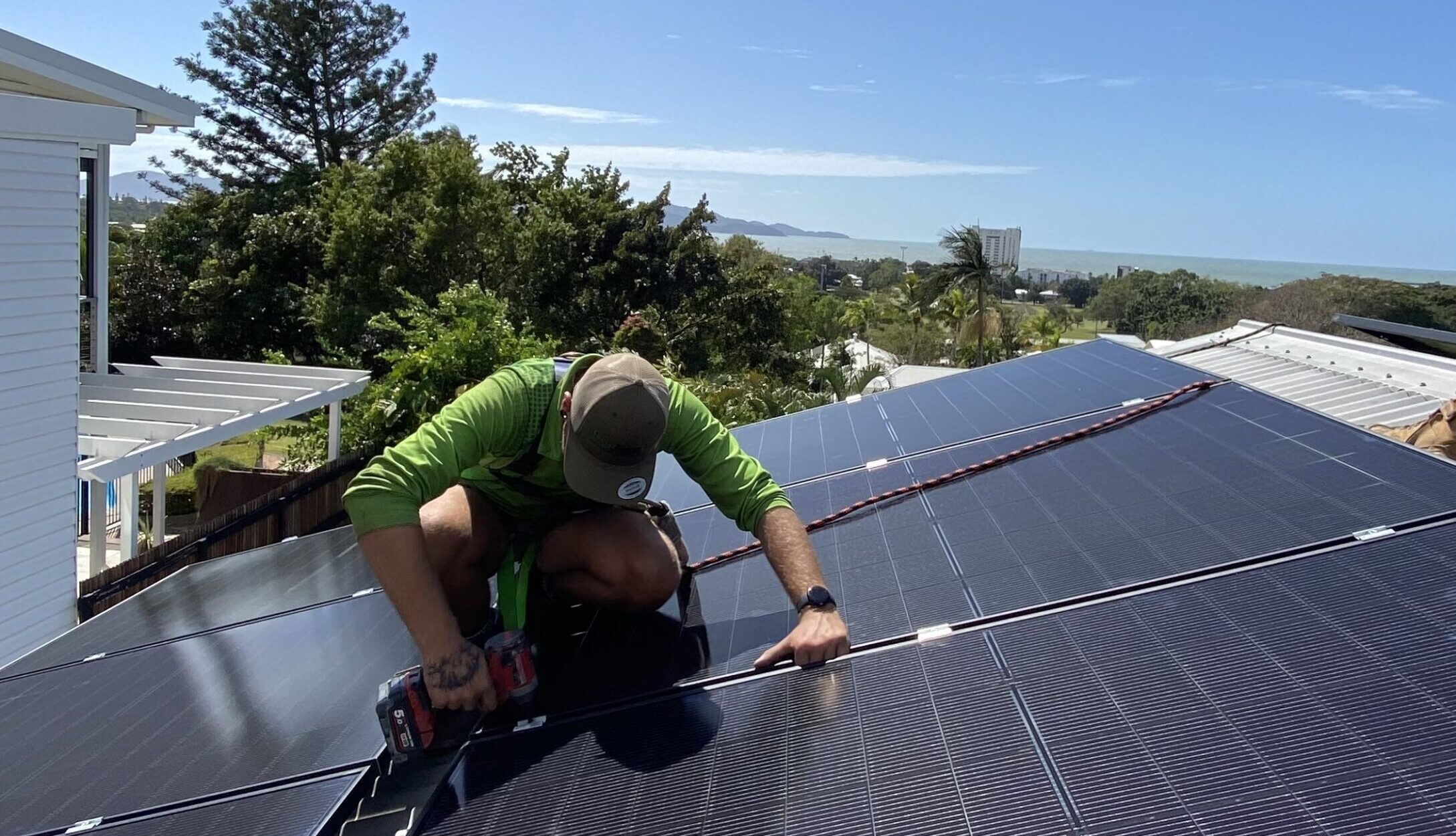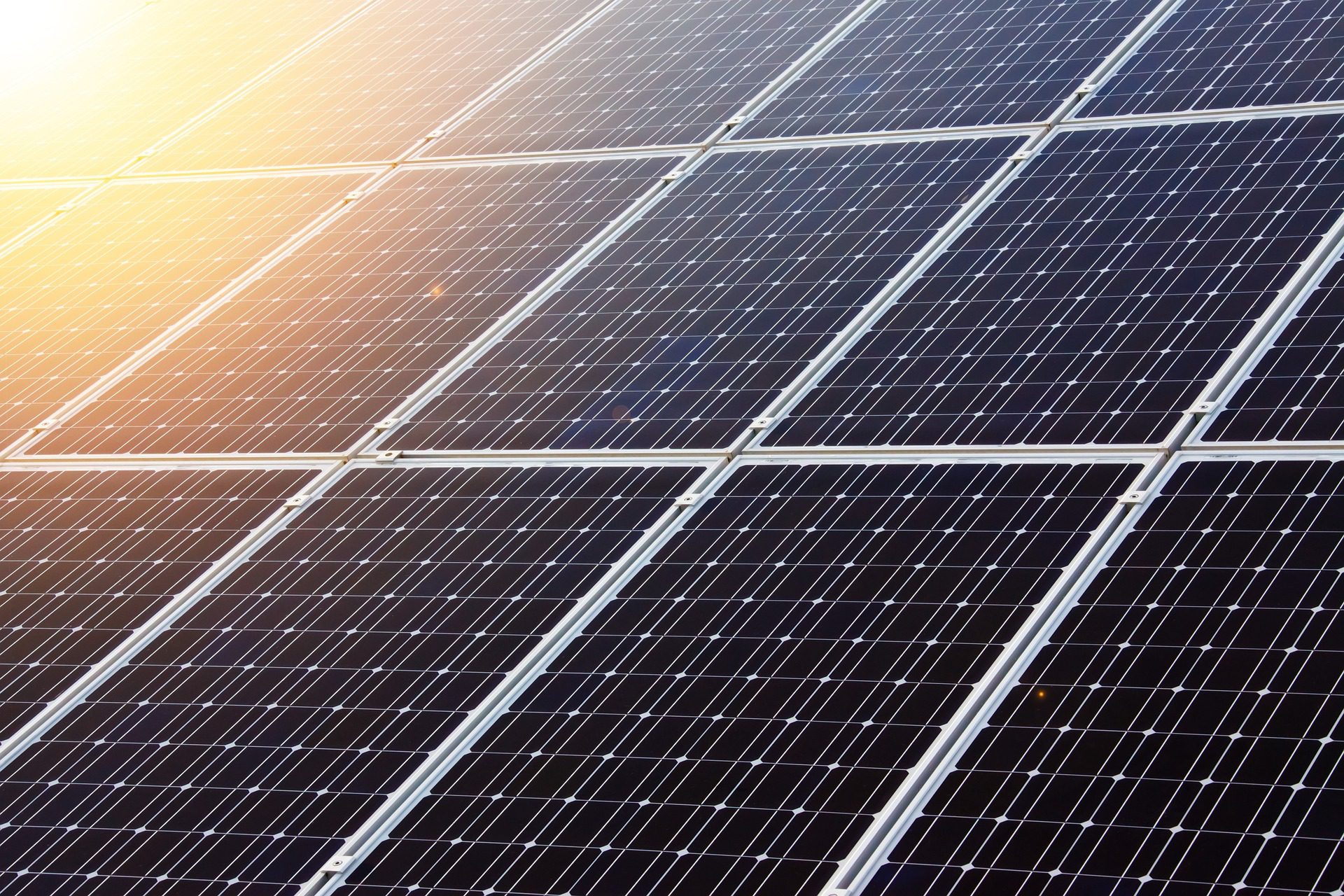While other things have come and gone within Australia, solar is here to stay. Over the years, we’ve seen interest in solar and renewable energy soar to new heights, whether it’s government bodies pushing for change or homeowners keen on switching to a cleaner, sustainable energy solution.
Many Australians have taken their love for solar and all things renewable to new heights over the last few years, with solar installations at an all-time high. Many organisations have also begun harnessing solar’s true potential through innovative technologies, from smart bins to vaccine refrigerators and even household paint!
That said, solar still has ways to go regarding uptake, development and more. But what does this actually look like for Australia? In this blog, we’ll look at how far our country has come with solar and what the future of solar power may look like.
How solar has transformed Australia so far
Solar power has touched almost every part of Australia, from new home buyers to large commercial buildings and rural farmland. Figures from energy.gov.au have revealed that Australia has the highest uptake of solar worldwide, with approximately 30% of residents utilising solar power for homes. And as of 31 January 2022, the government body recorded more than three million rooftop solar PV systems installed in Australia.
Queensland and South Australia are currently leading the way for solar uptake, with both states nearing 40% of homes having rooftop solar.
This means that more than three million Australians are enjoying the benefits of solar, such as slashed power bills, a lower carbon footprint and a reduced dependency on their energy provider — in short, solar delivers users greater flexibility and control over their budgets.
Speaking of budgets, as more Australian households and businesses choose to switch to solar, installation costs have also declined. Researchshows that the cost of installing solar panels has fallen by an impressive 90% since 2010, making the renewable energy solution more affordable than ever.
The result of this revolutionary adoption? Happy solar customers.
Energy giant Origin Energy revealed in 2020 that 92% of Australians feel extremely or very satisfied with the energy savings their panels have delivered. Queenslanders with a 3kW system can save an average of $1,146 based on a 5% export.
With such an effective and valuable solution at the fingertips of Australians, the question is, how can this technology be further developed to provide everlasting benefits to its users?
The future of solar energy in Australia — what’s to come?
With the cost of solar panels declining and energy savings rising, many experts within the industry have begun to experiment with how they can further develop solar energy systems to provide a more advanced experience and greater results. The good news is that as solar panels’ future expands, it creates a ripple effect across several sectors.
Green Energy Technologies are huge solar fanatics and keep a close eye on the latest developments within the industry. We also want to share these fascinating insights with our customers to illustrate the real potential of solar. Let’s take a look at the future of solar energy and its potential positive impacts.
Better-developed solar cell technology
Solar panels have an extensive history dating back to the 1950s when researchers at Bell Laboratories unveiled the world’s first solar silicon cell. Since then, the future of solar panels’ efficiency has continued to develop. Let’s start with the basics. As we know, solar panels are made of cells responsible for capturing sunlight and converting it into electricity. Naturally, the materials that make up these cells must capture sunlight efficiently.
To choose the right material, developers must measure the gap between two energy sources called the valence band and the conduction band. The valence band is filled with tiny negatively charged particles, known as electrons, while the conduction band is empty. As the electrons receive light particles, called photons, they absorb energy which moves from the conduction band to the valence band, where the extra energy in the electrons is converted into electrical energy.
Silicon is one of the few materials that provide a significant gap between the valance and conduction band and allows approximately 32% of light energy to be converted into electricity. Silicon is also a highly inexpensive material and is in rich supply worldwide. But that doesn’t mean things can’t be improved. To further decrease solar costs, scientists have begun pushing silicon solar cells’ boundaries so that household solar systems can absorb more renewable energy than ever before.
For instance, scientists have begun crafting anti-reflective coatings to be placed on the front of solar cells, helping existing solar users experience higher levels of electricity generation and to entice new users to invest in cheaper but quality solar materials.
Many experts believe this is the key to onboarding more solar customers and that, in essence, the future of solar panels depends on cost reduction and smarter cells.
Increased job opportunities
As the future of solar power continues to develop on a scientific front, it also stimulates the economy by creating a wealth of job opportunities. If the country had 50% of its electricity supply from renewable energy by 2030, more than 28,000 jobs would be created nationwide.
Ideally, these jobs would be introduced across the construction, operation, maintenance and installation industries, with half of these jobs concerned with rooftop solar installations. Interestingly, Queensland and New South Wales are predicted to have the largest job growth at around 6,000 and 11,000, respectively. And as we know, QLD and NSW are among the top states with the largest solar power penetration.
Aside from solar power, other renewable energy sources, such as wind and hydropower, will also create more jobs, especially as large-scale renewable energy projects continue to be approved. In 2021 alone, 66 large-scale wind and solar projects were in development or under construction, accounting for 19,000 jobs.
Commercial solar power — what business owners need to know
Commercial solar power is booming across Queensland. From energy savings within the thousands to effective marketing material, many businesses are reaping the benefits of solar in more ways than one. No matter your brand, industry, product or service, sustainability is a massive indicator of a business’s relevancy — and for companies still playing catchup, that means taking the plunge with solar.
According to Bright Earth Solar, Gen Z is among the most mindful generation regarding their impact on their planet and will implement these ‘green’ lifestyle choices anywhere they can. Approximately 66% of consumers would spend more on a product if it came from a sustainable business.
Aside from staying relevant, growing organisations must consider alternative measures to reduce long-term operating costs, especially as the cost of running a business continues to climb. We crunched the numbers to give you an insight into how much your business could save with solar.
A business’s average annual power bill totals a jaw-dropping $60,000. By investing in solar, the average business could shave around $23,000 off their bill, or 39%. Having that extra cash in your pocket could be the difference between achieving long-term business goals, like expansion, hiring new staff and more.
Play your part in the future of solar energy with Green Energy Technologies
If there’s one thing we know for sure, it’s that the solar industry is showing no signs of slowing down, so why not take part in one of the world’s most significant transitions and switch to solar power?
Our GET360 Solar Package is the ultimate solution for households looking to reduce their power bills. Meanwhile, we have different commercial solar options available for businesses, no matter their stage in their solar journey.
Located in the Whitsundays, Townsville or Mackay area? Get started by contacting our solar experts on 07 4940 2900, or get an obligation free quotedirectly from our website.
